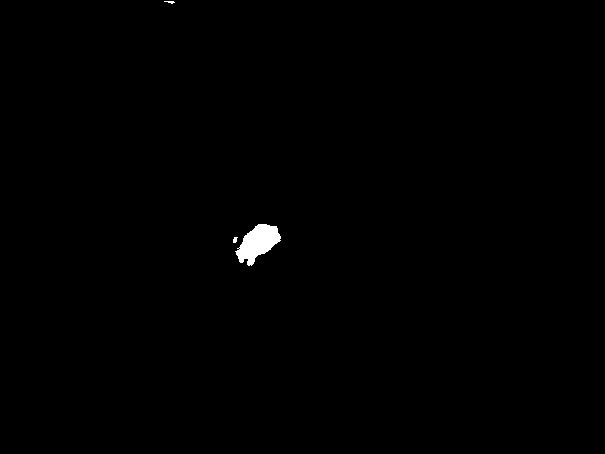Fluorescence staining reagent for marking leucorrhoea and cervical exfoliated cell pathogenic bacteria
A technology of exfoliated cells and fluorescent staining, which is applied in the field of biomedical diagnosis, can solve the problems of low positive rate, unintuitive enzymatic reaction results, slow growth of fungi, etc., achieve high sensitivity and positive rate, solve mixed infection, clinical Ease of use
- Summary
- Abstract
- Description
- Claims
- Application Information
AI Technical Summary
Problems solved by technology
Method used
Image
Examples
Embodiment 1
[0029] Example 1 Preparation of Gynecological Fluorescence Staining Reagent
[0030] Reagent 1: Liquid A configuration: Dissolve fluorescent whitening agent 28 in a solution with a concentration of 1.0% (W / V) potassium chloride, and dissolve sufficiently so that the concentration of fluorescent whitening agent dye is 0.2% (W / V) , add Evans blue dye and dimethyl sulfoxide, the concentration of Evans blue dye is 0.2% (W / V), and the concentration of dimethyl sulfoxide is 20% (V / V). Solution B configuration: Dissolve acridine orange in water so that the concentration of acridine orange is 0.1% (W / V).
[0031] Reagent 2:
[0032] Solution A configuration: Dissolve the fluorescent whitening agent 28 in a solution with a concentration of 1.0% (W / V) potassium chloride, and dissolve sufficiently so that the concentration of the fluorescent whitening agent 28 is 0.2% (W / V). Evans blue dye, dimethyl sulfoxide, glycerol and β-D-glucan binding protein, goat anti-rabbit polyclonal antibod...
Embodiment 2
[0033] Example 2 Staining comparison of leucorrhea specimen
[0034] Select 3 leucorrhea specimens infected by pathogenic bacteria, place them on glass slides, stain with reagents 1 and 2 for 2 minutes, add a cover glass, absorb the excess dye with paper, and then observe under a fluorescent microscope . View the fungus under the UV band and the fungus will appear blue or blue-green. Then switch the B band to observe bacteria and trichomonas, the bacteria are displayed in orange, and the bacteria are observed to adhere to the clue cells. The trichomonad body is marked in red, and there is a specific slash yellow nuclear morphology in 1 / 3. The results showed that both reagents could stain the pathogenic bacteria in leucorrhea specimens. But the effect of reagent 1 is poor, and the color development time is short, while the effect of reagent 2 is good, and the color development time is long.
[0035] Table 1
[0036]
Embodiment 3
[0037] Embodiment 3 solution stability investigation
[0038]Reagent 1 and reagent 2 were left at room temperature for 6 months, and then the leucorrhea specimens were stained. The stability of the reagent was judged from the staining effect. The results are shown in Table 2.
[0039] Table 2
[0040]
[0041] The results showed that after being placed at room temperature for 6 months, the appearance and color of reagent 1 and reagent 2 remained unchanged, and there was no precipitation and crystallization phenomenon, and the reagents remained stable. Reagent 1 stained poorly, while Reagent 2 performed well.
PUM
 Login to View More
Login to View More Abstract
Description
Claims
Application Information
 Login to View More
Login to View More - R&D
- Intellectual Property
- Life Sciences
- Materials
- Tech Scout
- Unparalleled Data Quality
- Higher Quality Content
- 60% Fewer Hallucinations
Browse by: Latest US Patents, China's latest patents, Technical Efficacy Thesaurus, Application Domain, Technology Topic, Popular Technical Reports.
© 2025 PatSnap. All rights reserved.Legal|Privacy policy|Modern Slavery Act Transparency Statement|Sitemap|About US| Contact US: help@patsnap.com



